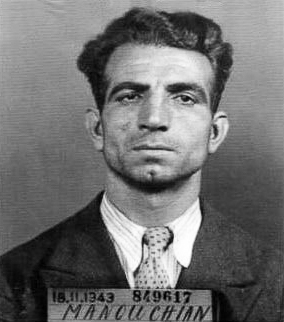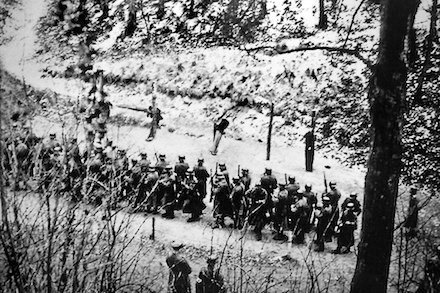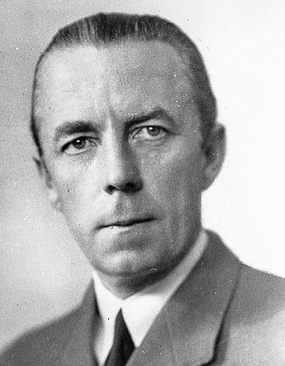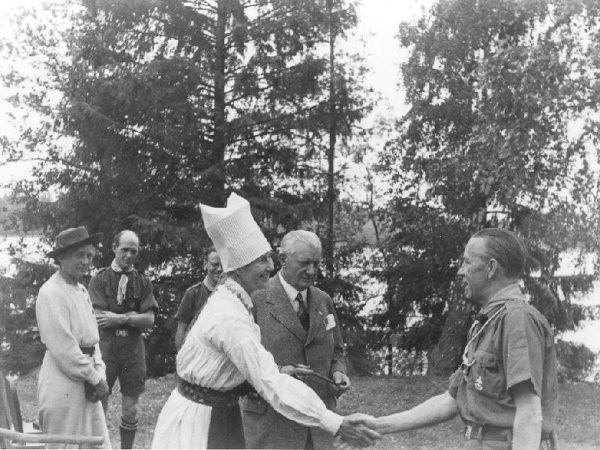I am delighted to have Mr. Paul McCue as our guest blogger today. Paul is an accomplished author and expert on the British-led Special Operations Executive (SOE). He is a trustee of the non-profit organization, The Secret WW2 Learning Network which is dedicated to making better known the activities of clandestine warfare during World War II. His organization works closely with the Paris-based Libre Résistance which exclusively covers SOE’s French Section and its agents. Paul recently attended a memorial ceremony for the French Resistance of World War II. It was held at Fort Mont-Valérien in a suburb of Paris and like the annual 18 June memorial event, it was a very solemn event and attended by many dignitaries. The ceremony carries a significant message to all of us concerning the brave men and women who actively fought the Nazis and those who paid the ultimate price.
Did You Know?
Did you know the image I’ve included here of the four resistance members being executed was one of three photos discovered in December 2009? These are members of the Manouchian group named after its leader, Missak Manouchian. It was one of the deadliest and more successful resistance groups which made up the FTP-MOI, a resistance réseau (network) comprised of European immigrants, principally Jews. Manouchian’s group specialized in assassinations, bombings, and general disruption of the German occupation forces (the Nazis called them “The Army of Crime”). The group was betrayed, and the Gestapo arrested twenty-three members. A public trial was held and twenty-two were executed by firing squad at Fort Mont-Valérien on 21 February 1944 (the only woman was taken to Germany where she was beheaded in May). No photographs were allowed of any executions. However, Clemens Rüter, a German soldier, stood on the crest of the hill overlooking the clearing where the four men were tied to stakes in front of the firing squad and he took three snapshots. Rüter went back to Germany after the war and the camera, with the film still in it, was left untouched for forty years. Shortly before he died, Rüter told someone about the camera and the three images. The person he told his story to worked for the Franz Stock Association. The camera and film were turned over to the association which had the film developed. Serge Klarsfeld identified the four victims as members of the Manouchian group. Franz Stock was the German priest assigned to Fort Mont-Valérien to administer to the condemned men. He was known as the L’Archange de enfer or, “The archangel in hell.” Franz Stock will be the subject of our 2 March 2019 blog post.
Before Paul talks about his first-hand experience in late September, allow me to give you a brief background on the Mémorial de la France combattante or, Memorial of Fighting France, it’s annual ceremony, the Companions of the Liberation, and Fort Mont-Valérien. By tying these together, you will have a better appreciation for Paul’s blog.
Mémorial de la France Combattante
Almost immediately after the liberation of France in August 1944, General Charles de Gaulle decided to formally pay tribute to the members of the French Resistance who had died. He visited Fort Mont-Valérien where resistance members were executed by firing squad, Fort Neuf de Vincennes where other executions took place, and finally, Cimetière Ivry-sur-Seine (aka Cimetière Parisien d’Ivry) where many of the victims were buried including Missak Manouchian.





